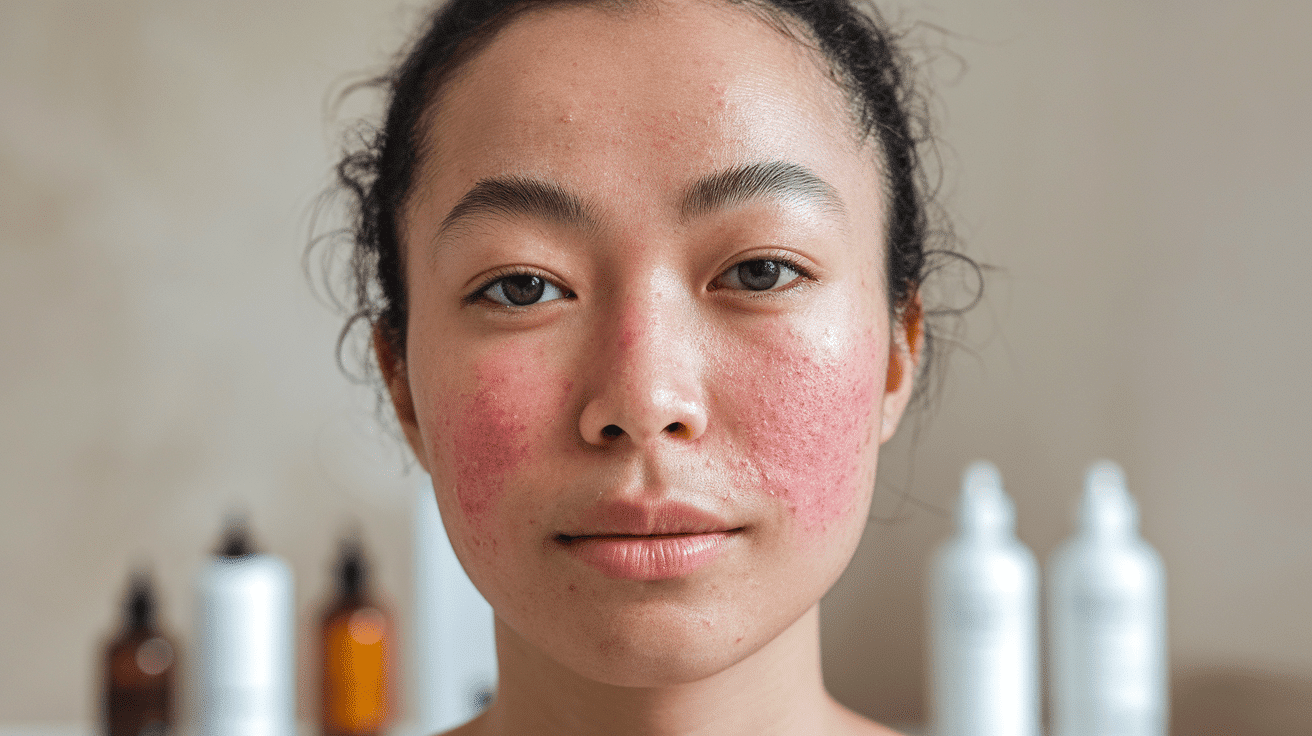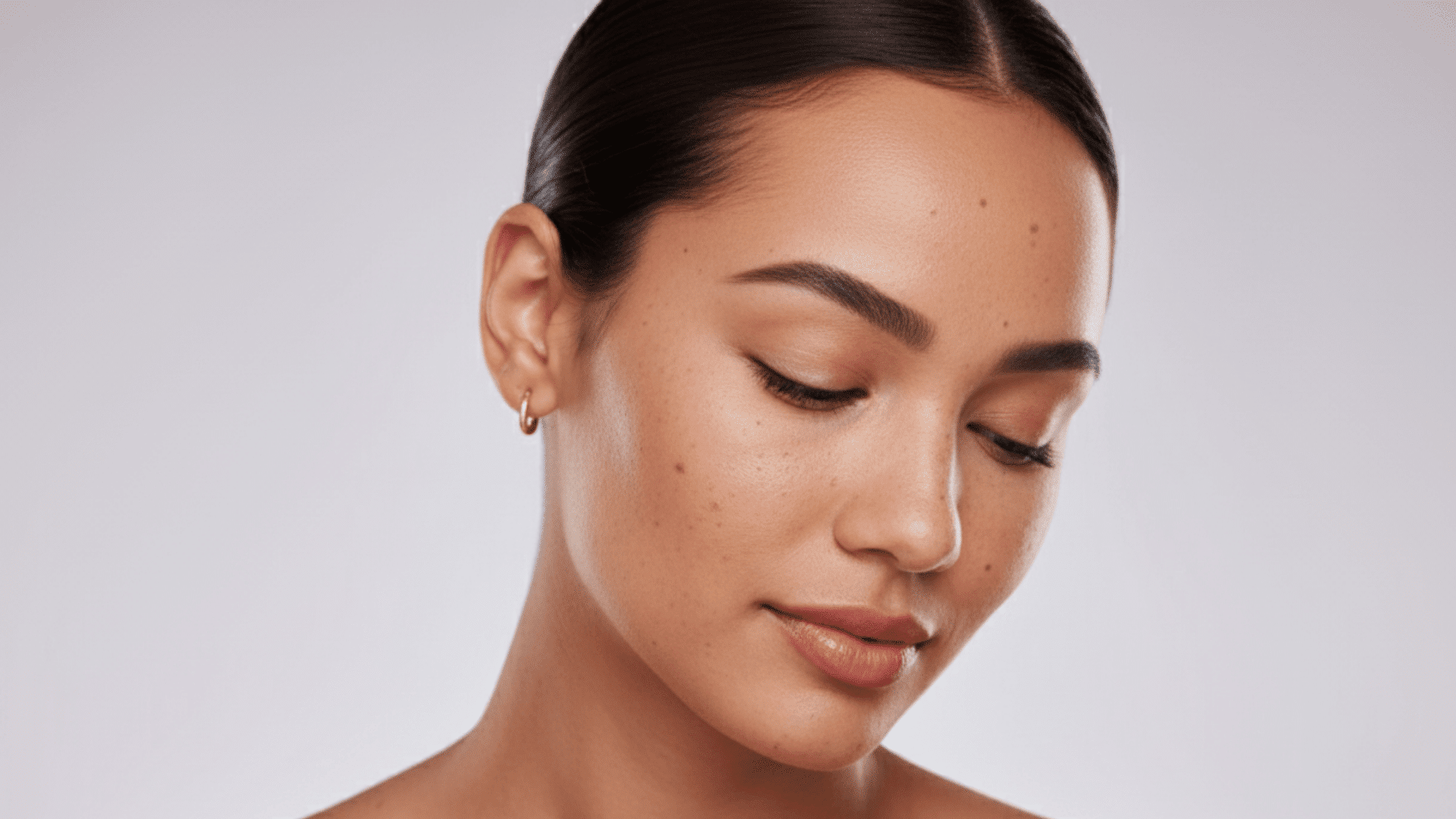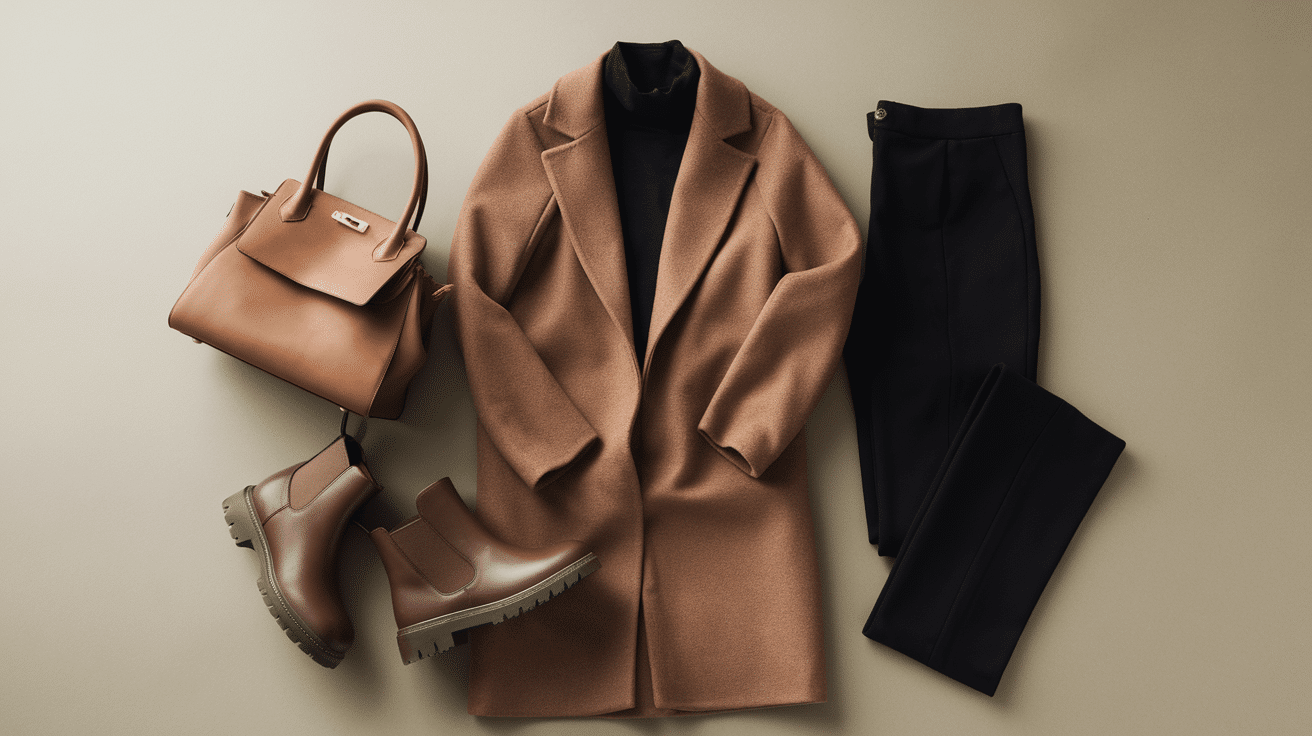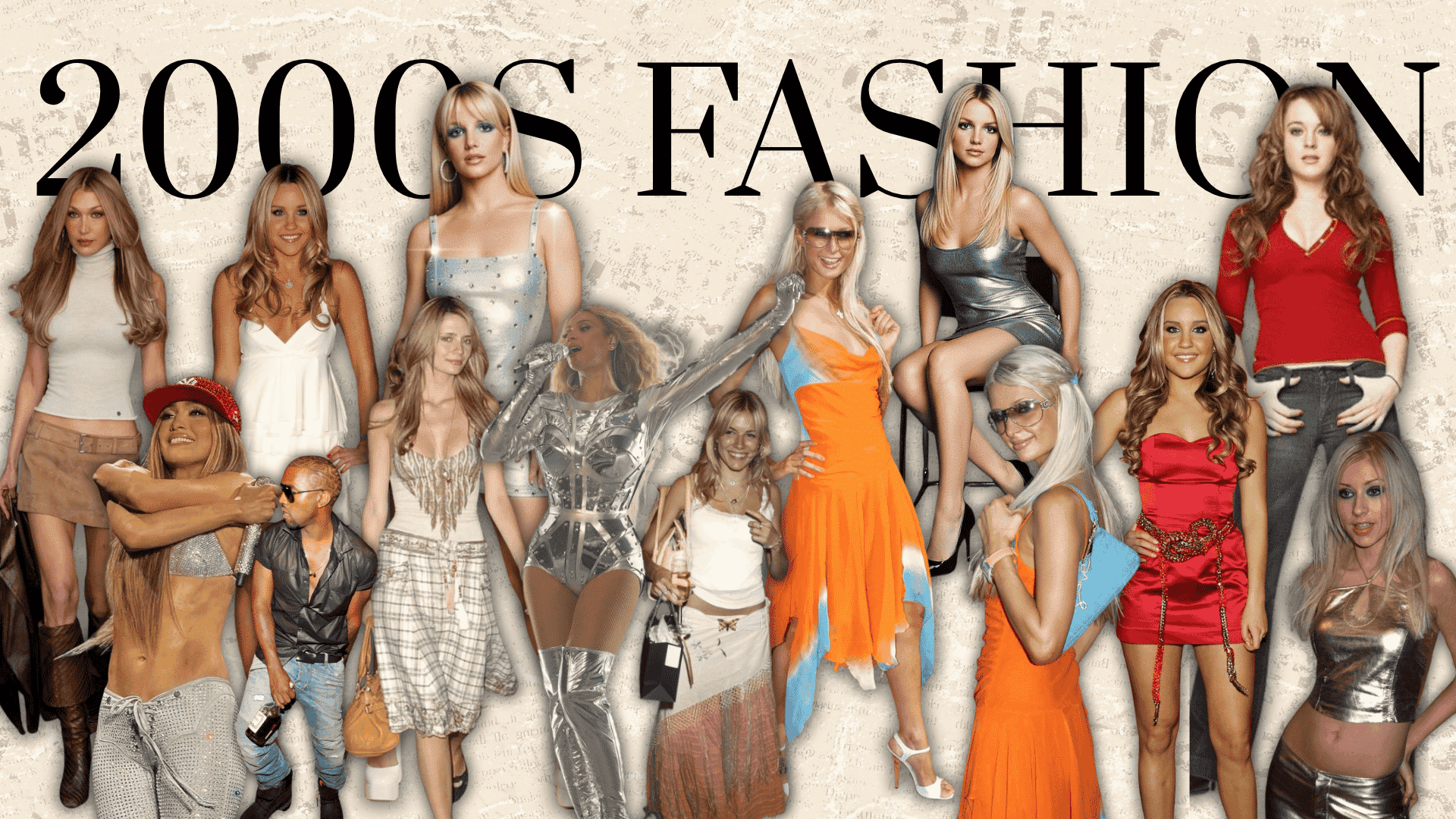Retinol is one of the most trusted skincare ingredients for improving texture, minimizing fine lines, and managing acne.
Yet, many people notice their skin breaking out soon after starting it, leading to the common question: Can retinol cause acne?
The truth is, retinol doesn’t create acne but can temporarily make the skin appear worse due to a process called retinol purging.
This temporary phase is a sign that your skin is adjusting to increased cell turnover.
This blog covers why retinol purging happens, what it looks like, how long it lasts, and how to care for your skin during the adjustment phase.
What is Retinol and How Does it Work?
Retinol is a form of vitamin A that promotes skin renewal by increasing cell turnover and unclogging pores.
It helps remove dead skin cells faster, revealing new, healthier layers underneath.
This process is what makes retinol effective for dullness and acne.
However, because retinol speeds up skin renewal, it can also bring underlying impurities to the surface, making breakouts appear worse before they improve.
This stage is often mistaken for irritation, but in most cases, it’s a temporary reaction known as retinol purging.
Can Retinol Cause Acne?
Retinol does not directly cause acne.
However, it can trigger short-term breakouts as the skin clears trapped oil and debris.
During this adjustment, you may notice small pimples or whiteheads in areas where acne typically forms.
This is not a negative reaction; it’s part of the skin’s natural renewal cycle.
On the other hand, if redness, dryness, or burning appear alongside breakouts, this may suggest irritation rather than purging.
Recognizing this difference helps you determine if you want to continue or pause use.
Signs of Retinol Purge
Before you see clearer skin, you may notice a few temporary changes as your skin adjusts to retinol.
These signs are normal and indicate that your skin is responding to increased cell renewal rather than reacting negatively.
1. Small Pimples or Whiteheads

Tiny breakouts may appear in the same areas where you usually get acne, commonly the forehead, cheeks, or chin.
These blemishes are often mild and short-lived, showing that impurities are surfacing and pores are clearing.
2. Slight Redness or Irritation

Mild redness can occur as your skin renews itself faster than usual; this tends to fade over time and shouldn’t cause burning or swelling.
If redness spreads or feels painful, it may suggest irritation instead of purging.
3. Flaky or Rough Texture
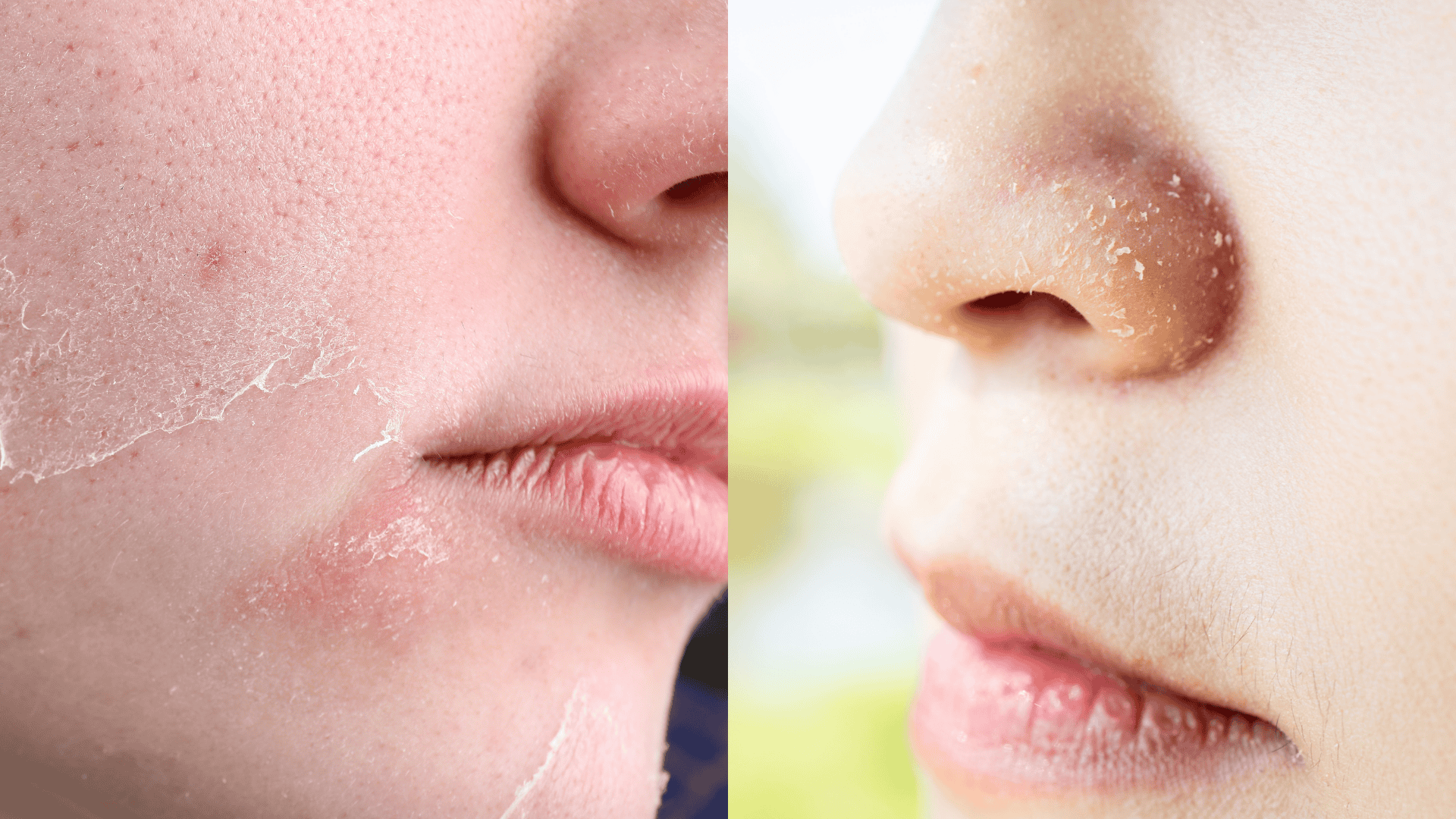
As dead cells shed more quickly, the skin can feel a bit dry or uneven.
This texture change is temporary and improves with consistent moisturizing; it’s part of the exfoliation process that helps reveal smoother skin.
4. Breakouts in Usual Acne Zones

Purging generally appears in your regular breakout areas rather than new spots.
Seeing blemishes in familiar zones like the T-zone or jawline is a positive sign that retinol is targeting clogged pores effectively.
5. Mild Sensitivity to Touch or Products
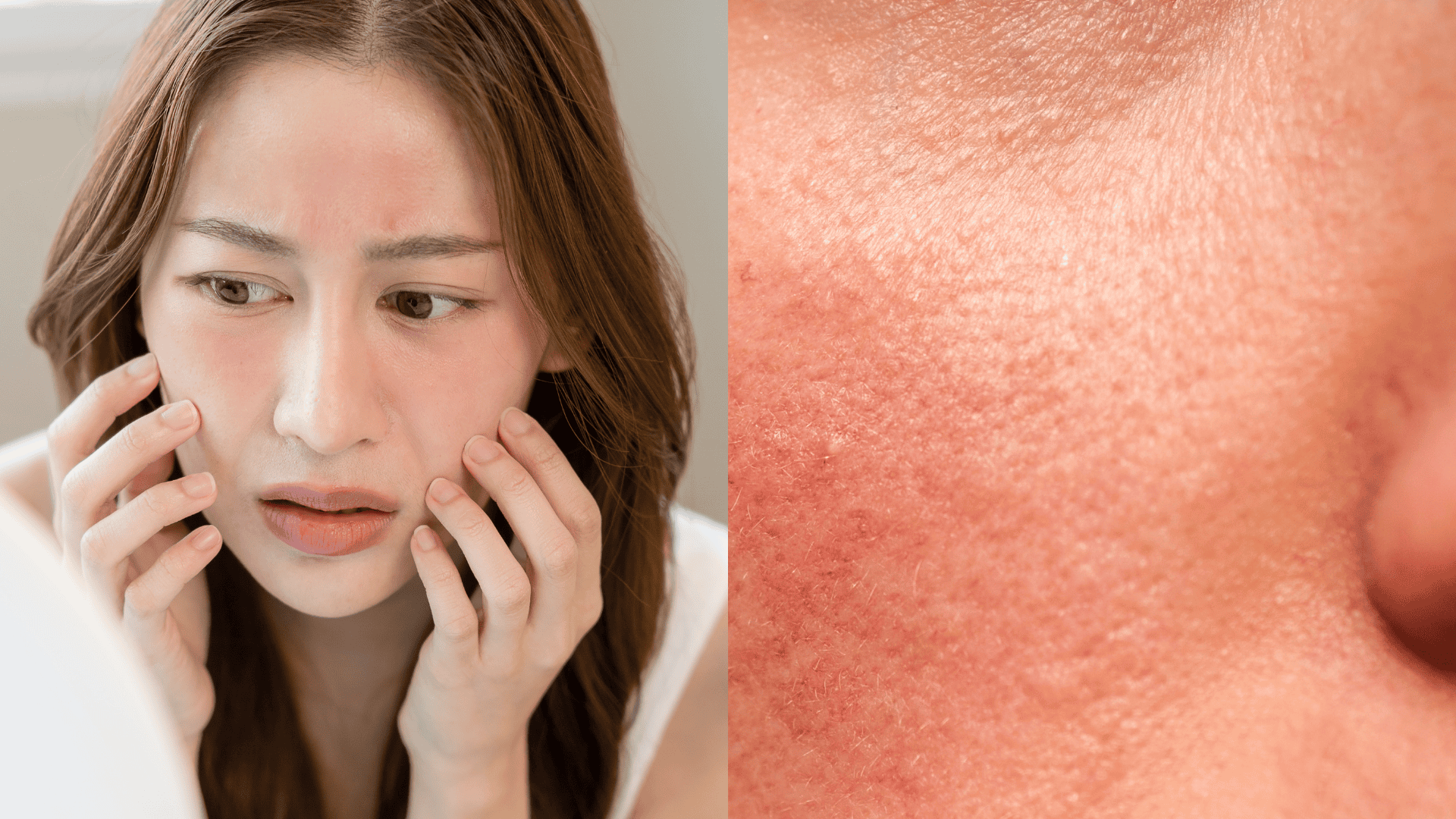
During purging, skin may feel slightly more sensitive when applying products or washing your face.
Gentle care, such as using a soft cleanser and avoiding harsh scrubs, helps maintain comfort as your skin adjusts.
How Long Does Retinol Purge Last?
A typical retinol purge lasts around four to six weeks, which equals one complete skin renewal cycle.
Some people may experience shorter or longer durations depending on skin type and the strength of the product.
During this time, continue using retinol gradually and support your skin with hydration and sun protection.
If breakouts persist beyond 6 to 8 weeks, it may be a sign that your skin is reacting poorly or that the formula is too strong for your needs.
How to Tell the Difference Between Purging and Breakouts?
Recognizing these signs helps you determine if your skin is adjusting normally or reacting to irritation.
| Feature | Retinol Purging | Regular Breakouts |
|---|---|---|
| Where It Appears | In areas where you usually get pimples, like the forehead, chin, or cheeks. | In new or uncommon areas where you don’t normally break out. |
| Duration | Typically lasts 4–6 weeks as your skin adjusts. | It can continue indefinitely unless the cause is addressed. |
| Cause | Increased cell turnover brings trapped impurities to the surface. | Blocked pores, excess oil, or unsuitable skincare products. |
| Appearance | Small pimples, whiteheads, or minor flaking. | Inflamed cysts, larger pimples, or spreading irritation. |
| Other Signs | Mild dryness and roughness that improve over time. | Persistent redness, discomfort, or burning sensation. |
| Response Needed | Continue gentle skincare and moisturize regularly. | Stop the product and consult a dermatologist if it worsens. |
How to Manage Retinol Purging?
Managing retinol purging correctly helps minimize discomfort and improve results:
- Start gradually: Apply retinol two to three times a week before increasing frequency.
- Moisturize daily: Support your skin barrier with hydrating creams or serums.
- Avoid harsh actives: Skip strong acids and exfoliants that can worsen dryness.
- Use sunscreen: Retinol increases sensitivity to sunlight, so daily SPF is essential.
- Be consistent: Continue using retinol regularly; most irritation fades as your skin adapts.
When to Stop Using Retinol?
If your skin develops severe redness, peeling, or burning, these may be signs of overuse rather than purging.
Pause retinol for several days and focus on hydration with a gentle, fragrance-free moisturizer. When your skin calms, reintroduce it slowly or switch to a lower concentration.
Persistent irritation or widespread breakouts may require professional evaluation.
Dermatologists can suggest alternatives such as bakuchiol, a gentler ingredient that offers similar results.
Conclusion
Retinol can make acne seem worse initially, but this phase, known as retinol purging, is a normal part of the skin’s renewal process.
The key is understanding what retinol purging looks like so you can respond appropriately without giving up too soon.
By starting slowly, moisturizing regularly, and avoiding harsh combinations, you can minimize discomfort and enjoy retinol’s long-term benefits.
Patience and consistency are essential for clearer, balanced skin.
Have you experienced purging while using retinol?
Share your story or tips in the comments below to help others through their skincare adjustment phase.
Frequently Asked Questions
Can You Use Retinol While Dealing with Active Acne?
Yes, you can use retinol even if you have active acne, but it’s best to start with a low concentration. Retinol helps unclog pores and prevent future breakouts, though it may initially make existing pimples more visible as skin adjusts.
What Works 11 Times Faster Than Retinol?
Retinaldehyde, or retinal, is known to work up to 11 times faster than standard retinol. It offers quicker results with less irritation when introduced gradually into your routine.
What is the Rule of 3 for Retinol?
The “rule of 3” means using retinol every third night, applying a pea-sized amount, and moisturizing afterward. This helps minimize dryness while your skin builds tolerance.

